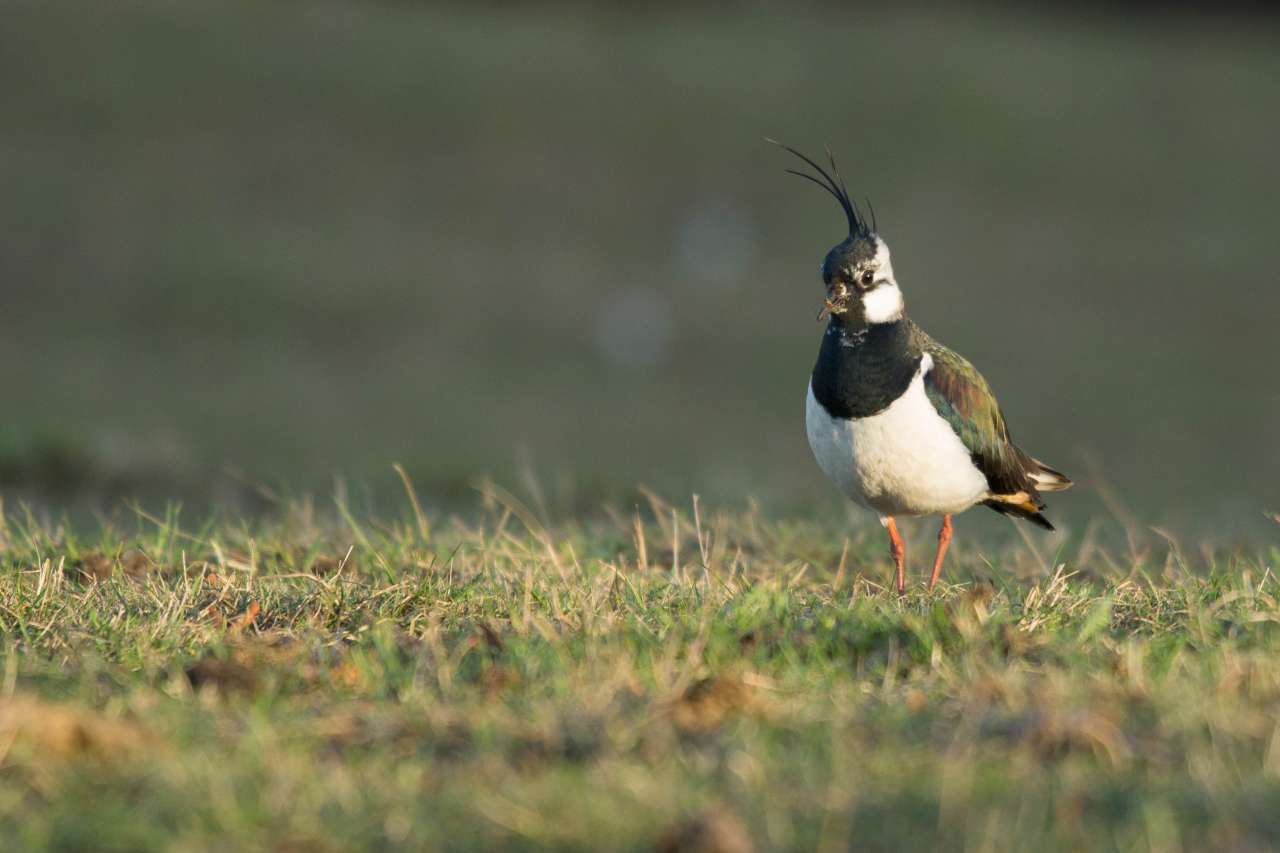Less lapwings in the agricultural landscape

Photo: Christian Pedersen.
When the first lapwings arrive at Norwegian nesting sites, they are arriving in ever fewer numbers. Several bird species in the agricultural landscape have been declining in numbers since the turn of the millennium.
Lapwings were originally associated with nutritious coastal meadows. However, since the early 1900s, the species has spread inland and northward through the country and can now be seen mainly in or close to fully cultivated land, meadows and pastureland.
NIBIO researcher Christian Pedersen has been responsible for a new report containing data from 2000–2017 that shows changes in the population and distribution of seven bird species that breed in the Norwegian agricultural landscape.
"During this period, regular nesting of lapwings was recorded at only 8% of our monitoring sites," says Pedersen.
Norwegian lapwing populations have declined by 75% percent in the last 15–20 years. Pedersen estimates that there are currently between 7,500 and 10,000 nesting pairs. The species is endangered, according to the Norwegian Red List (2015).
Causes of the decline include everything from destruction of nests by agricultural machinery and the use of pesticides that reduce food availability, to lapwing hunting in Southern European overwintering regions and along migratory routes.
"We cannot solve all of the lapwing's problems, but we can help to ensure that we provide good conditions in the nesting areas in this country," says the NIBIO researcher, noting that this includes:
- Marking nests in agricultural fields to avoid driving over nests. Harvesting crops from the interior of the fields towards the edges to allow the chicks to escape the machinery.
- Postponing the harvest in some locations until after the chicks have left the nests.
- Establishing "lapwing strips". Farmers are paid to plow a zone close to cultivated pasture, to give the birds an area where they will be left in peace.
Contacts

Contacts

